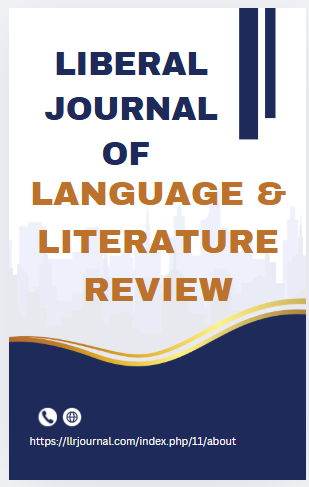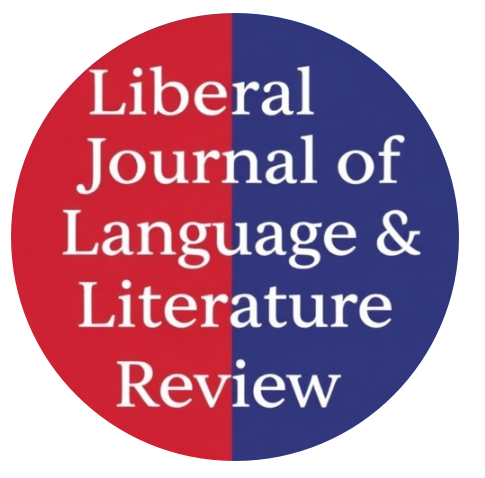Navigating Linguistic Inequalities in E-Learning: A Case Study of English and Urdu in Pakistan
Keywords:
linguistic inequalities, e-learning equity, English-Urdu divide, bilingual strategies, digital divideAbstract
The rapid growth of e-learning in Pakistan that has been boosted by the COVID-19 pandemic. It has increased the presence of linguistic inequalities, especially the English-Urdu gap that disfavors non-English-speaking students of higher education. The case study focuses on three institutions, namely the University of the Punjab, University of Sindh and Virtual University of Pakistan that used qualitative dominant mixed-method design, that is, surveys (n=150), semi-structured interviews (n=75), and document reviews. Results indicate that prevailing English dominated platforms increase access barriers, as 45% of rural Sindh students drop out because of interface problems and the technical language, but with greater satisfaction in urban Punjab (M=3.9 vs. M=3.1). Urdu-apprentices indicate frustration and sense of cultural discontinuity, but bilingual approaches of grass-root bargaining, e.g., peer translations, come up as a kind of way out. The quantitative results elaborate skill discrepancies (English M=3.2 in Sindh and M=3.8 in Punjab), whereas qualitative themes can also emphasize difficulties in understanding and call to hybrid content. This paper leads a Bilingual Digital Equity Model, which supports the linguistic interdependence theory to apply to the digital environment and suggests incorporating AI-specific Urdu localization and policy integration into Pakistan Digital Vision. With these contributions, equitable e-learning in multilingual societies is furthered to meet Sustainable Development Goal 4.




